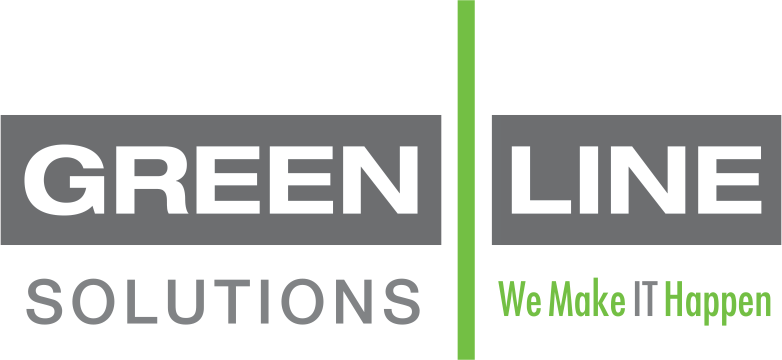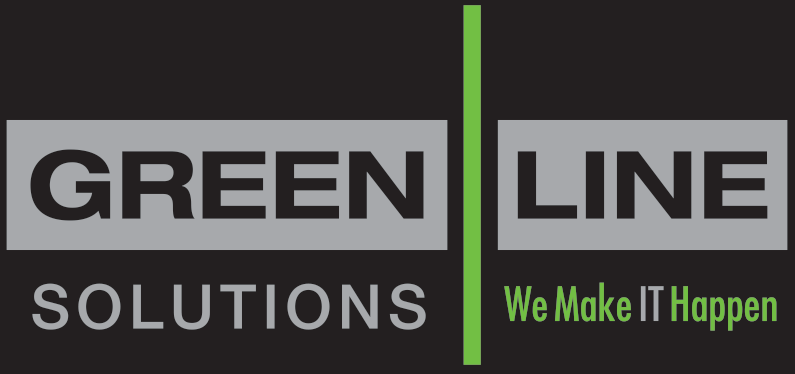
AI in Healthcare: Unveiling Unstoppable Benefits
AI in Healthcare is set to bring transformative changes. In a previous article, we delved into its role in elder care, but its impact on the broader healthcare system is even more profound. However, the applications of AI are much more far-reaching and will likely have a positive impact on the entire healthcare system. The reason for this is because AI will be responsible for automating many of the tasks that physicians currently do, thereby freeing up their time for the more important task of patient-doctor interaction.
AI has a lot of promise when it comes to work currently done by medical professionals. An estimation made by technologist and investor Vinod Khosla hypothesizes that more than three-quarters of a physician’s job could be completed by AI. If true, this would allow medical staff to focus their time on patient-physician interaction, without being bogged down with manual data input, data consumption, and treatment generation processes. Khosla estimated that physicians with AI virtual assistants will be able to treat five to ten times as many patients with chronic illnesses as they do today, and will see better outcomes than in the past. According to a recent Research and Markets report, “A basic AI … today in clinical practices can be used for alerts & reminder, diagnostic, therapy planning, information retrieval, and image interpretation.”
AI has a lot of promise when it comes to work currently done by medical professionals. An estimation made by technologist and investor Vinod Khosla hypothesizes that more than three-quarters of a physician’s job could be completed by AI. If true, this would allow medical staff to focus their time on patient-physician interaction, without being bogged down with manual data input, data consumption, and treatment generation processes. Khosla estimated that physicians with AI virtual assistants will be able to treat five to ten times as many patients with chronic illnesses as they do today, and will see better outcomes than in the past. According to a recent Research and Markets report, “A basic AI … today in clinical practices can be used for alerts & reminder, diagnostic, therapy planning, information retrieval, and image interpretation.”
By aggregating and analyzing this data, AI will be able to recommend medications, as well as give early warnings about potential complications or developing health problems. The goal of using AI in healthcare is not to automate the entire process or to somehow make doctors obsolete. Physicians and nurses will still play the vital role of human interaction and would ultimately have control over prescribed medications and the course of action to be taken.
AI in healthcare will be able to analyze staggering amounts of data, not only related to the patient at hand, but also any patients whose data has been entered. The ability to sift through massive amounts of data, to identify trends, and to offer warnings about possible future or worsening conditions is something that would take a doctor’s entire day, but could be completed with AI in seconds.
Lorem ipsum dolor sit amet, consectetuer adipiscing elit, sed diam nonummy nibh euismod tincidunt ut laoreet dolore magna aliquam erat volutpat.
Lorem ipsum dolor sit amet, consectetuer adipiscing elit, sed diam nonummy nibh euismod tincidunt ut laoreet dolore magna aliquam erat volutpat. Ut wisi enim ad minim veniam, quis nostrud exerci tation ullamcorper suscipit lobortis nisl ut aliquip ex ea commodo consequat. Duis autem vel eum iriure dolor in hendrerit in vulputate velit esse molestie consequat, vel illum dolore eu feugiat nulla facilisis at vero eros et accumsan et iusto odio dignissim qui blandit praesent luptatum zzril delenit augue duis dolore te feugait nulla facilisi. Nam liber tempor cum soluta nobis eleifend option congue nihil imperdiet doming id quod mazim placerat facer possim assum. Typi non habent claritatem insitam; est usus legentis in iis qui facit eorum claritatem. Investigationes demonstraverunt lectores legere me lius quod ii legunt saepius. Claritas est etiam processus dynamicus, qui sequitur mutationem consuetudium lectorum. Mirum est notare quam littera


